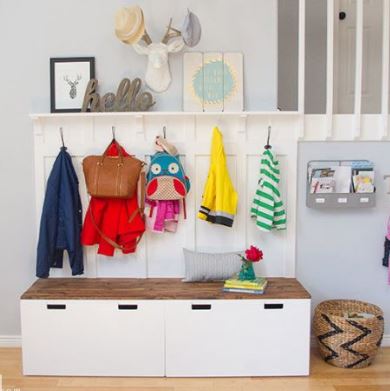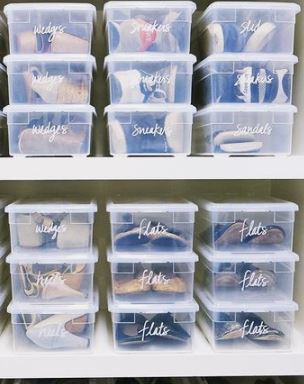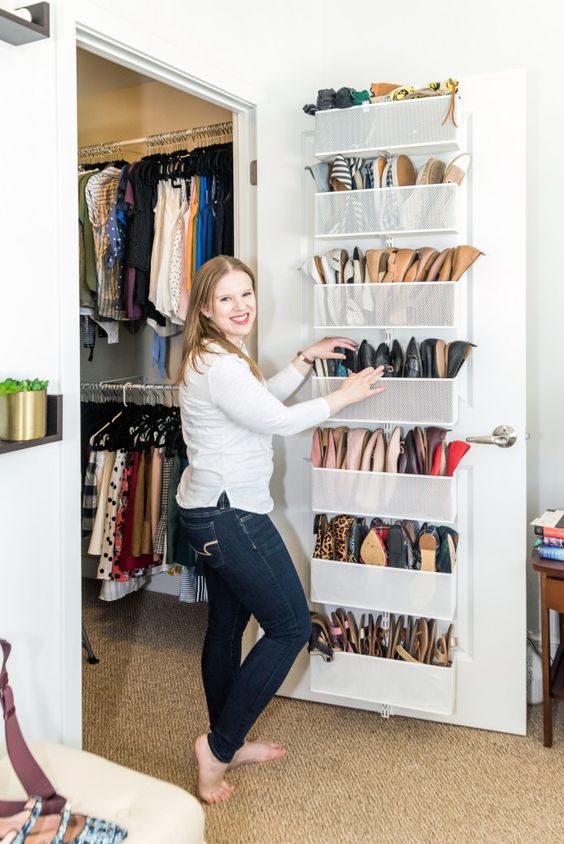2 min video – The Organised Wardrobe: Before and After Transformation
If you have any questions about what I did or the products get in contact.
What my client said:
“Imogen kept my thinking on track, she asked pragmatic questions, and continually queried how we were organising would work for me and my habits. She managed my expectations and was clear about what we would achieve offering the benefits of what we were doing. 10 out of 10″
Tips: How to Edit and declutter more from your wardrobe
(and let go of what you don’t need)
- Pick a favourite charity to donate items to before you start
- Picture items you donate going being re-homed for a second life (instead of unloved and unworn in your wardrobe)
- Remove damaged, torn, or broken items
- Remove items that don’t fit you now
- Remove items that don’t make you feel like Beyonce or Lizzo or like your own beautiful self, you deserve this now, today
- If you are not sure, then try it on or wear it in the next few days, you’ll soon remember if there is a reason why you don’t wear something or if you have just forgotten you had it
- Be honest, if you haven’t worn it in a few years, let it go
- If you are keeping something for sentimental reasons then take it out and put it in a separate Sentimentals Box, freeing up space
- If you are keeping something because you might fit into it in the future, consider when that change happens if this is the item you’ll celebrate that with or if you’d probably get something else even better then
- Once you have edited, consider which choice items you need to complete and compliment what you have, buy next with this in mind
- Remember the ‘buy cheap buy twice’ proverb when considering future purchases.
Where to donate or sell your unwanted items see my Donation Directory



























